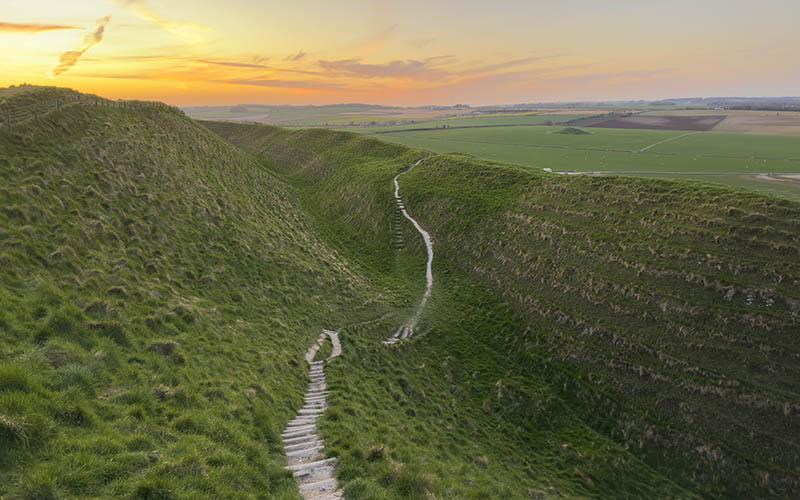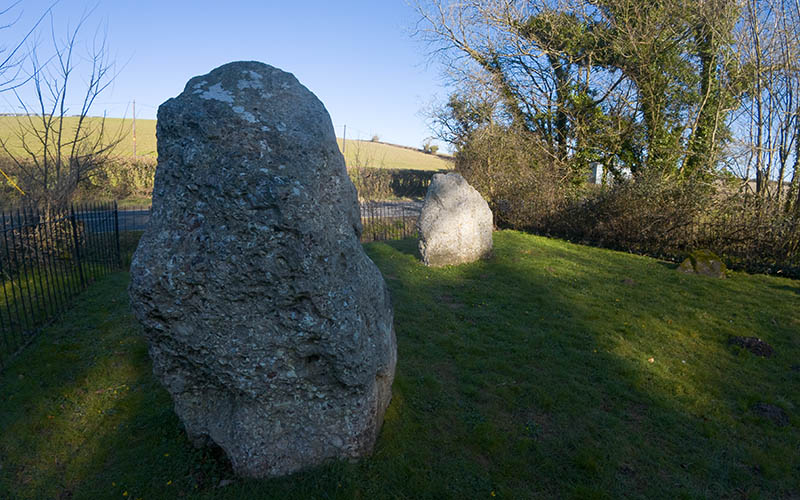Knowlton Church
Part of a monastic building. Henry VIII ordered its destruction during the Dissolution in 1538.
The castle remains include parts of the keep and the 12th century riverside chamber block or Norman House, a very early example of domestic architecture including a rare Norman chimney.
Small stone manor house. The hall and solar chamber show fine timber roofs.
Foundations of a 4th century Romano-Celtic temple
Late Neolithic or early Bronze Age circle of 18 fallen stones, on a hilltop overlooking Abbotsbury and the sea.
Ruined medieval church at the centre of a Neolithic ritual henge earthwork
Among the largest and most complex of Iron Age hill forts in Europe

Built by Henry VIII to defend England, the Castle also played a part in World War I and II.
12th century castle.
14th-century chapel overlooking Abbotsbury Abbey built by monks as a place of pilgrimage and retreat.

Now in a wooded glade, this small prehistoric circle of nine standing stones was made around 4,000 years ago. Also known as the Devil’s Nine Stones, the Nine Ladies, or Lady Williams and her Dog
44 Bronze Age burial mounds of varying types and sizes, straddling the A35